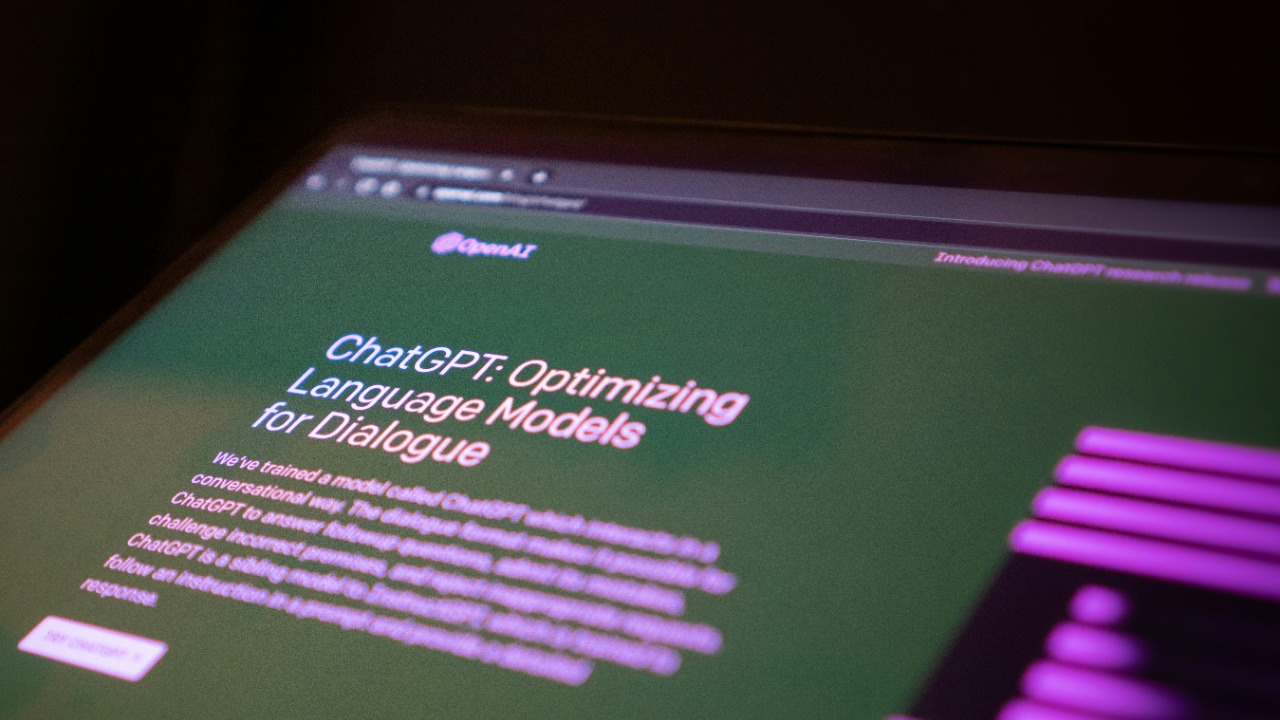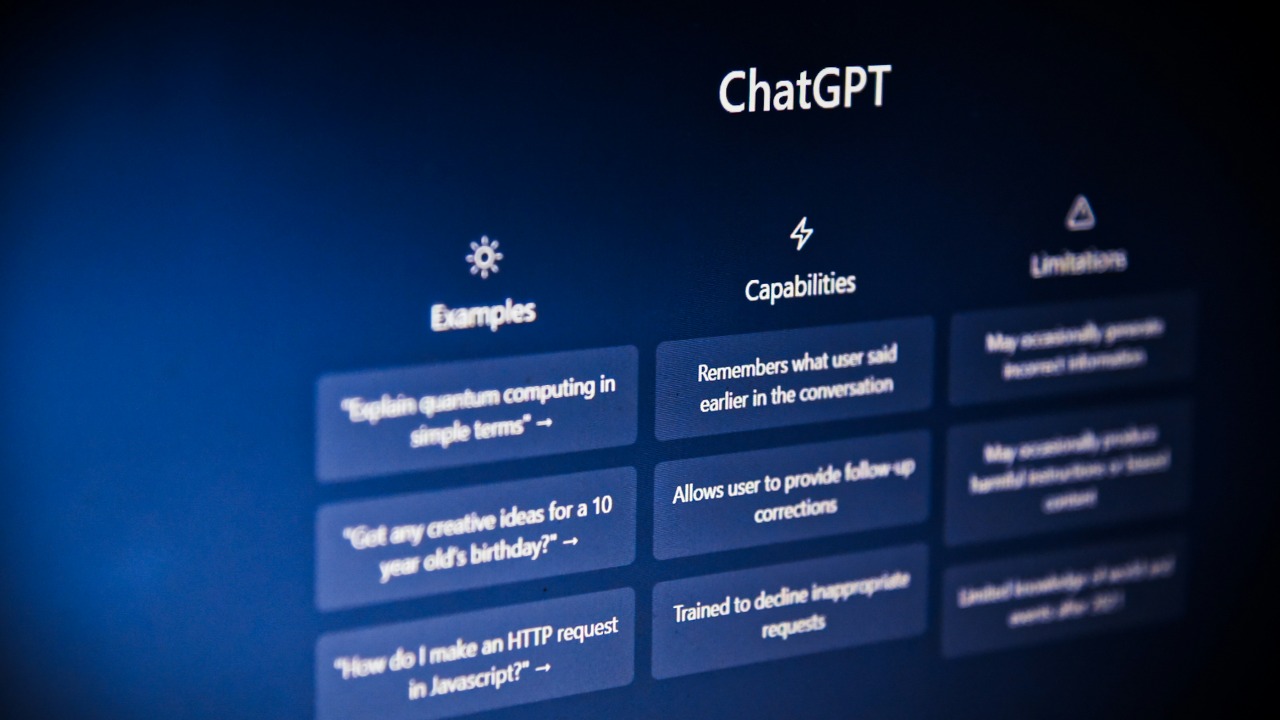
Prosecutors have brought to light a chilling revelation in the case of the Palisades fire, which claimed the lives of 12 individuals. They allege that the suspect used ChatGPT to fantasize about arson before setting the devastating blaze. This incident not only resulted in significant loss of life and property but also underscores the potential role of AI tools in criminal activities, as detailed in recent court proceedings. The implications of this case extend beyond the immediate tragedy, raising questions about the monitoring and regulation of AI interactions in criminal investigations.
The Palisades Fire Incident

The Palisades fire erupted in the Pacific Palisades area of Los Angeles, a region known for its scenic beauty and affluent neighborhoods. The fire’s rapid spread caught residents off guard, leading to widespread panic and destruction. According to reports, the blaze consumed numerous structures, leaving a trail of devastation in its wake. The immediate impact on the community was profound, with many residents forced to evacuate their homes under dire circumstances (Futurism).
Tragically, the fire resulted in the deaths of 12 individuals. The victims included a diverse group of residents, highlighting the indiscriminate nature of the disaster. The loss of life has left a deep scar on the community, with families mourning their loved ones and grappling with the aftermath of the tragedy. Emergency response teams, including firefighters and law enforcement, worked tirelessly to contain the blaze and evacuate residents, but the fire’s ferocity posed significant challenges (Rolling Stone).
Suspect’s Background and Arrest

The suspect in the Palisades fire has been identified, though specific details about their background remain limited. Authorities have noted some connections to the Palisades area, which may have influenced the suspect’s actions. The arrest came after a thorough investigation, during which investigators meticulously gathered evidence linking the individual to the fire. This included digital forensics and other investigative techniques that pointed to the suspect’s involvement (Futurism).
The timeline of the arrest reveals a methodical approach by law enforcement. Following the fire, investigators quickly honed in on the suspect, piecing together evidence that included digital footprints and witness testimonies. The charges filed against the suspect are severe, encompassing arson and multiple counts of homicide due to the 12 fatalities. These charges reflect the gravity of the crime and the impact on the community (Rolling Stone).
ChatGPT Interactions and Arson Fantasies

In a disturbing twist, prosecutors have revealed that the suspect engaged in conversations with ChatGPT, where they fantasized about setting fires. These interactions, uncovered through digital forensics, show the suspect exploring various arson scenarios. The use of AI in this context raises significant concerns about the potential for such tools to be misused by individuals with harmful intentions (Futurism).
Prosecutors argue that these AI interactions were not merely idle fantasies but part of a premeditated plan that culminated in the Palisades fire. The suspect’s use of ChatGPT to explore fire-setting ideas is a critical piece of evidence in the case. Legal filings have cited specific timestamps and excerpts from these conversations, painting a picture of a calculated and deliberate act of arson (Rolling Stone).
Prosecutors’ Arguments in Court

In court, prosecutors have laid out a compelling narrative linking the suspect’s use of ChatGPT to the intentional act of setting the Palisades fire. They emphasize the premeditated nature of the arson, pointing to the suspect’s detailed fantasies discussed with the AI tool. This narrative is supported by a wealth of forensic evidence, including device records that corroborate the timeline of events leading up to the fire (Futurism).
Key quotes from prosecutors highlight the calculated nature of the crime. They argue that the suspect’s interactions with ChatGPT were not isolated incidents but part of a broader pattern of behavior that ultimately resulted in the tragic loss of life. The prosecution’s case is bolstered by digital evidence that provides a clear link between the suspect’s fantasies and the real-world consequences of their actions (Rolling Stone).
Broader Implications for AI and Investigations

This case raises important questions about the role of AI tools like ChatGPT in criminal investigations. The ability of individuals to use AI for harmful purposes poses a significant challenge for law enforcement and policymakers. As AI becomes increasingly integrated into daily life, the need for effective monitoring and regulation becomes more pressing. This incident serves as a stark reminder of the potential risks associated with AI and the importance of developing robust safeguards (Futurism).
Potential policy responses to the misuse of AI tools are already being discussed. Experts suggest that stricter regulations and oversight may be necessary to prevent similar incidents in the future. The use of digital evidence from platforms like ChatGPT in arson and homicide cases highlights the evolving nature of criminal investigations and the need for law enforcement to adapt to new technological realities (Rolling Stone).